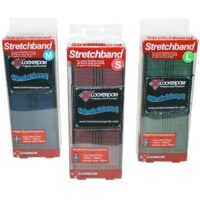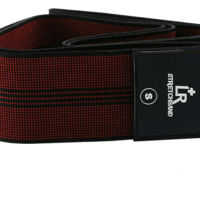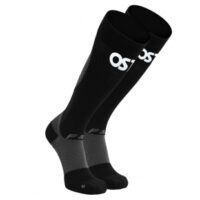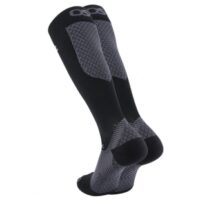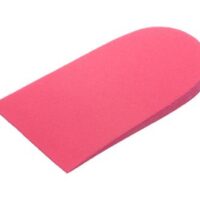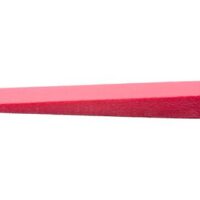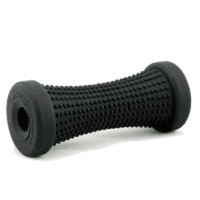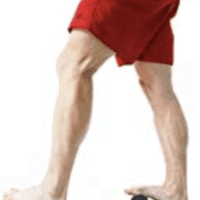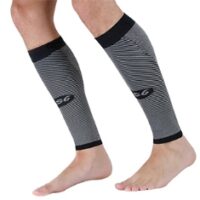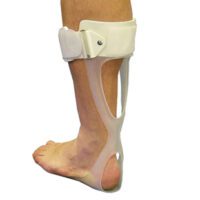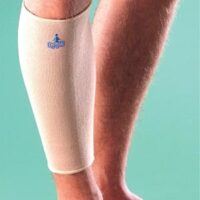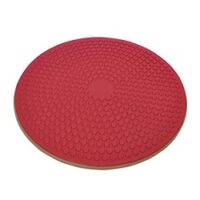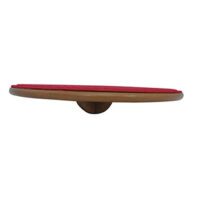Calf Pain
Article by John Miller

Calf Pain
Understanding, Managing, and Preventing
Introduction to Calf Pain
Calf pain is a frequent issue among individuals who engage in sports involving running, jumping, hopping, and landing. The calf muscle group, consisting of the gastrocnemius and soleus muscles, attaches to the Achilles tendon. Common injuries include Achilles tendinopathy and ruptured Achilles tendons. However, with timely and appropriate treatment, these injuries can heal effectively.
The Anatomy and Causes of Calf Pain
The calf muscle, crucial for movement and stability, can suffer from both muscle and tendon injuries. These injuries often result from excessive forces during explosive movements, eccentric loading, or muscle fatigue. A prevalent injury is a calf muscle tear.
Shin pain is also common in weight-bearing sports. The calf muscles cushion the shin bone (tibia) from impact. However, too much stress on the shin bone can lead to shin pain and associated injuries, like shin splints.
Recognising Referred Calf Pain
Sometimes, calf pain doesn’t originate in the calf itself. For instance, sciatica, caused by a pinched nerve in the lower back, often results in referred calf pain. Physiotherapy usually successfully manages this condition, though some cases may require spinal surgery.
Deep Venous Thrombosis (DVT): A Critical Concern
DVTs pose a significant health risk, potentially leading to pulmonary embolism (PE), stroke, or even death. Identifying and ruling out DVT is a crucial aspect of calf pain assessment. Symptoms of a DVT in the calf include swelling, pain, redness, warmth, worsening pain on foot and toe flexion, night cramps, skin discolouration, and risk factors such as prolonged immobility, recent surgery or trauma, obesity, heart conditions, pregnancy, high altitudes, hormonal therapies, cancer, advanced age, and certain medical conditions.
If you suspect a DVT, you should act immediately and either present yourself at a hospital emergency, consult your doctor or call 000.
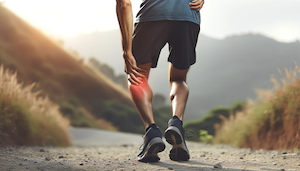
Calf Pain Treatment
Accurate assessment and early intervention are key to treating calf pain effectively. Most cases respond well to physiotherapy, allowing individuals to return to their daily activities pain-free.
Recent Research and Developments
Recent studies emphasise the importance of a holistic approach to treating calf pain. This includes not just focusing on the site of pain but considering contributing factors such as overall foot and lower limb biomechanics, muscle strength, and flexibility. Advances in physiotherapy techniques, like dry needling and targeted muscle strengthening exercises, have shown promising results in treating and preventing calf injuries.
Prevention and Management Tips
- Regular stretching, foam rolling and strengthening exercises for the calf muscles.
- Adequate warm-up before engaging in sports.
- Proper footwear that provides sufficient support.
- Gradual increase in training intensity to avoid overloading the muscles.
- Staying hydrated and maintaining a balanced diet to support muscle health.
Conclusion: The Role of Your Physiotherapist
If you’re experiencing calf pain, it’s essential to consult a physiotherapist or doctor. They can provide a tailored assessment and treatment plan, ensuring a safe and speedy recovery. Your physiotherapist will also offer guidance on preventing future injuries, helping you maintain healthy, active living.
Call to Action
Don’t let calf pain hold you back. Contact your physiotherapist today for professional advice and a personalised treatment plan. Your journey to recovery and prevention starts with a step towards professional care.
Rochedale - Call 38410277
Book Online: RochedaleSalisbury - Call 32751044
Book Online: SalisburySandgate - Call 32691122
Book Online: SandgateRelated Articles
- Calf Muscle Tears: Learn about the symptoms, causes, and treatment options for calf muscle tears, a common cause of calf pain.
- Achilles Tendinopathy: Discover the latest treatment techniques and preventive measures for Achilles tendinopathy, closely related to calf pain.
- Shin Splints: Gain insights into how shin splints occur and their connection to calf muscle stress, offering prevention and management strategies.
- Sciatica and Lower Back Pain: Explore how sciatica can cause referred pain in the calf and the treatments available to manage this condition.
- Footwear and Orthotics for Calf Pain: Learn how the right footwear and orthotics can play a crucial role in preventing and managing calf pain.
- Running Injuries and Prevention: For athletes and runners, this article provides insights into common running injuries, including those affecting the calf, and how to prevent them.
- Dry Needling for Calf Pain: An overview of modern physiotherapy techniques such as dry needling that are effective in treating calf pain.
- Hydration and Nutrition for Muscle Health: This article discusses the role of hydration and a balanced diet in supporting muscle health and preventing calf pain.













